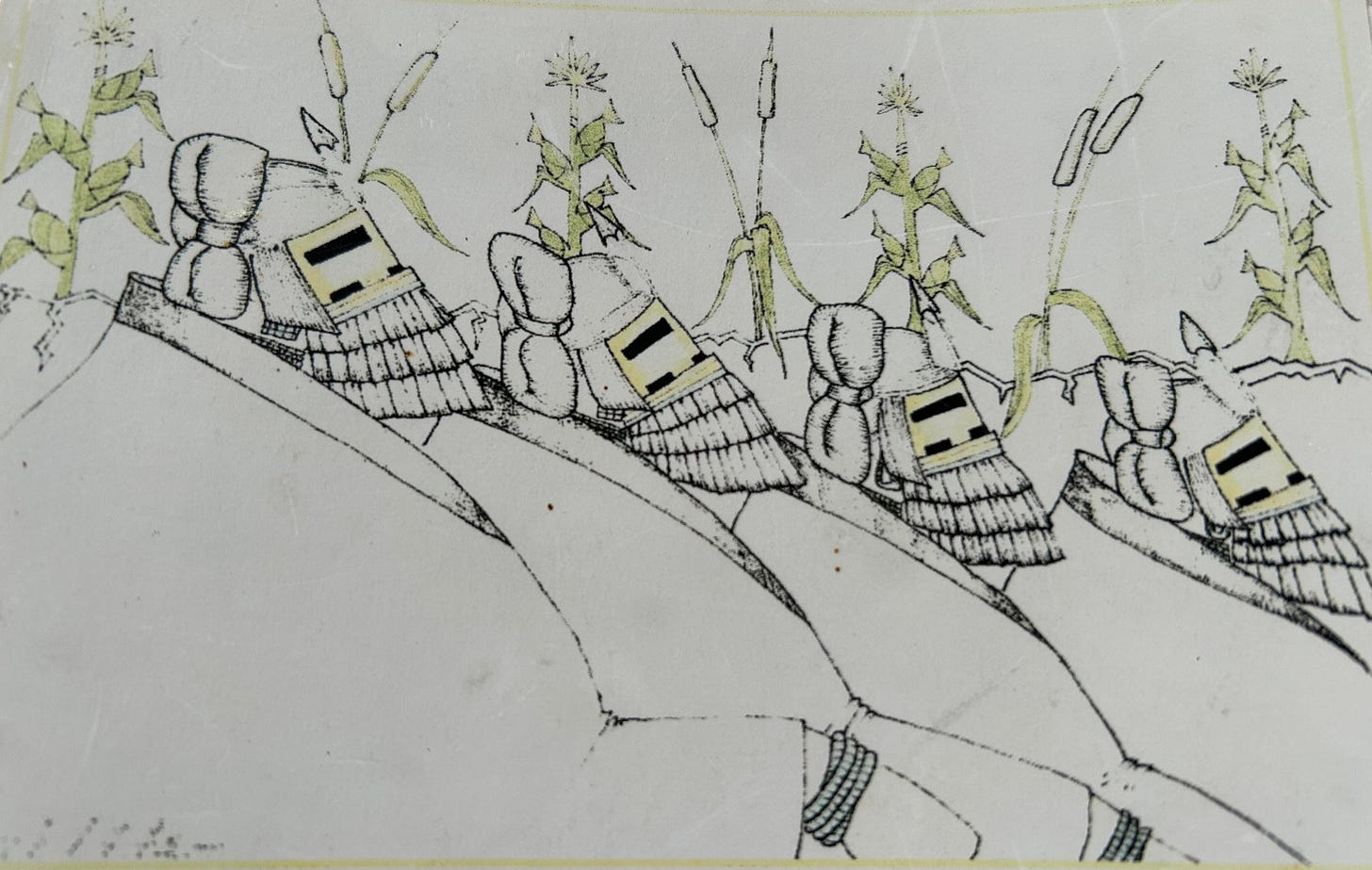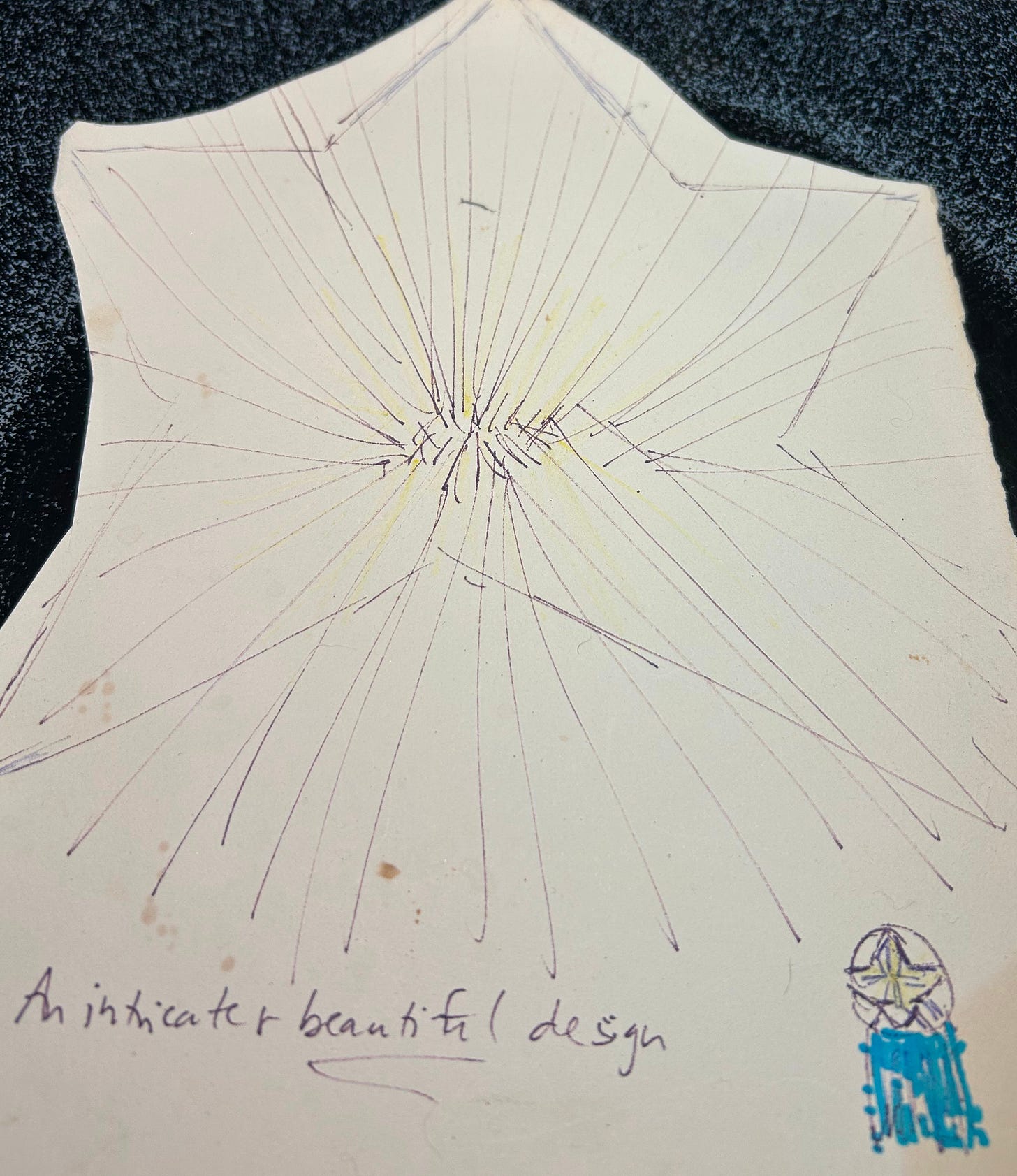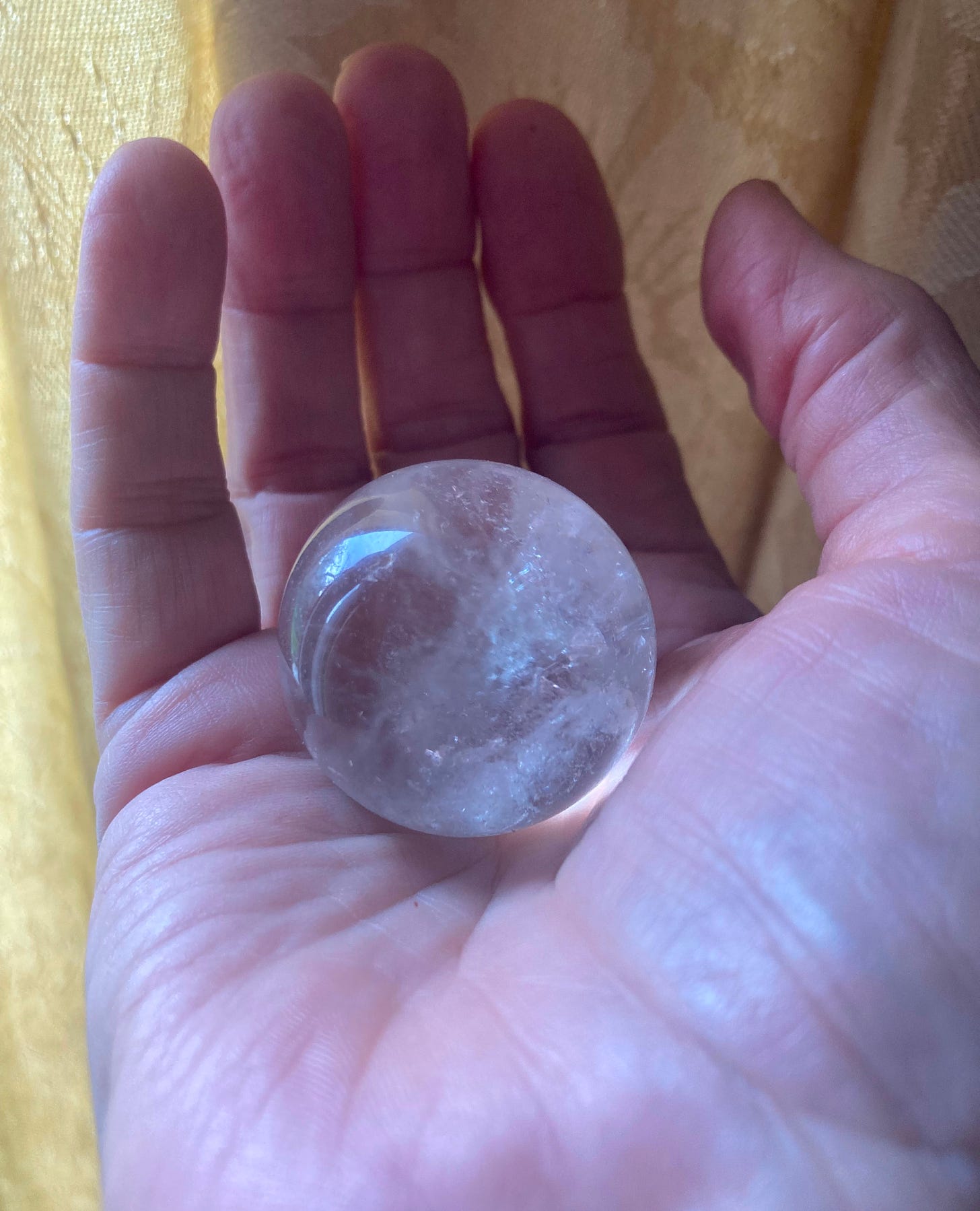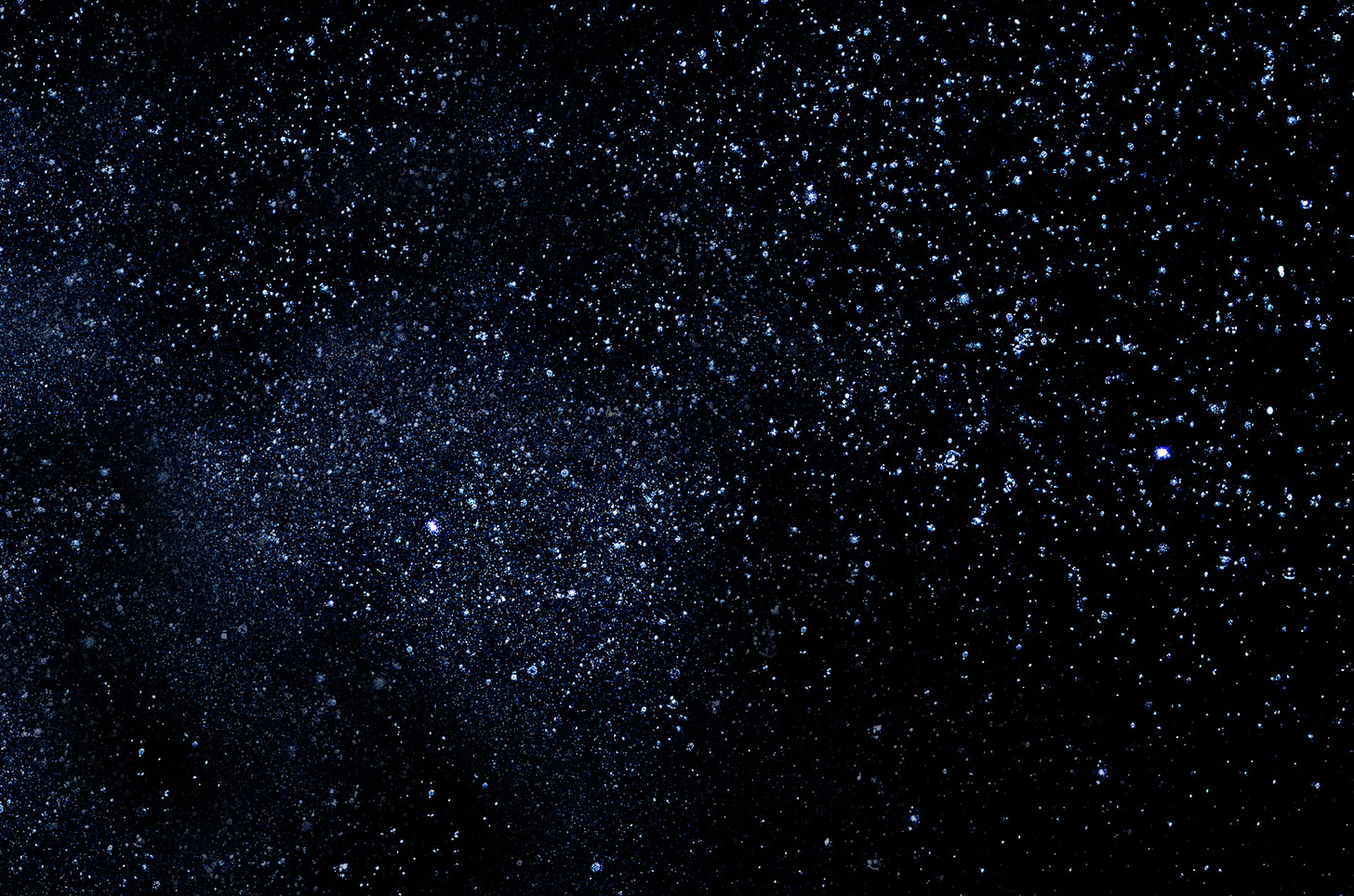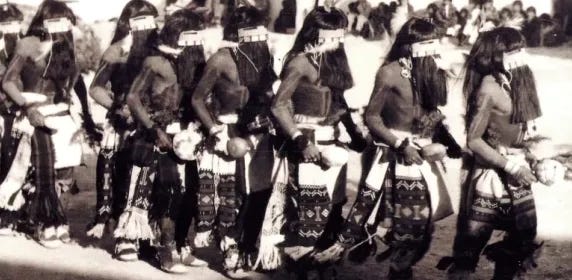The Ba’hana Fortune Teller at Second Mesa
Part II Healing Dream and Visions of Kachinas Dancing Down my Hallway
It’s later October when I am hired as the first school counselor at the Second Mesa Day School K-8 and move into my house in the center of the BIA housing compound. Two of Second Mesa’s three villages are located across the blacktop 264 road, “up top”. The Hopi consider people like me Ba’hana, a native term for white people like me, and we are only allowed to live here next to the BIA (Bureau of Indian Affairs).
The housing and school down below were built in the late thirties after WWII when Navajo code talkers returned to their reservation and when the Hopi messenger runners united all the villages during wartime, way before cell phones and the internet.
My light pink cinder block house sits in-between the Dorings. Ted Doring is a ba’hana like me, and Linda is Cree. They’re married, with one son, Miko and live on my right, and a new elementary teacher, Hope, lives on my left. Each house has yards of sparse vegetation enclosed by chain link metal fences with a gate in front and back of each house. An asphalt road runs down the middle of the one-street compound.
Ron, my teacher in the Hopi orientation course, becomes my counseling assistant and part-time truant officer, which doesn’t go together in my mind. He’s a full blooded Hopi with a calming voice, living with his wife, a member of the water clan, and three children, fraternal twins and another daughter, lived ‘up top’ in the largest village of Second Mesa. I give him rides sometimes to or from school.
During the first week of living in the compound, I woke before dawn from a healing dream of Michael, the biological father of my son.
In the dream there stood a huge beautiful sacred teaching tree with large fruits on it. He shared teachings from this tree with me on one side of the tree and he on the other. Mich offers me a necklace of white abalone shell and turquoise. The necklace sparkled in the sunshine like a pure white star. It was made in an intricate beautiful native design. He seems calmer and wiser than in real life. I sense in the dream he gave me what he had to give, the wisdom of his experience.
I wake feeling good about our communication in the dream. We haven’t communicated since I left Consciousness Village late June. The early morning light looks muted by the frosted window above my deep bathtub. Day dawns through my softly hooded lids as I continue to breathe in a circle. My heart rate slows, my eyelids flutter, move rapidly while rebirthing energy pulses around my mouth and throat.
The neighbors dog starts barking. The rooster begins his morning reverie. The silence inside my steamy tub filled with hot well water pulses scintillating aliveness. I love feeling as ripe as a pomegranate. My belly stretches to embody the baby inside of me — two more months to be born.
Six months pregnant and luckily not showing yet, I go through my wardrobe to select a costume for a Halloween gathering at the school this evening after a luxurious bath in the soft hot well water.
Reflecting over the past few months of how I ended up choosing to move to Hopiland, I say aloud in the mirror:
I am ready to begin to truly live again after Mom died the way she did, as I caress my baby in my belly.
My mother’s sudden demise left in its wake a deep knot in my heart that time can unwind; birth and renewed life can resolve.
I select from my repertoire of many stylish costumes a maroon pair of billowy silk pants with a matching vest, a blue and maroon silk scarf to wrap across my forehead, a clear crystal ball, a metal washer in the kitchen drawer to rest it on, and a mini box of angel cards in case I blank out about what to say to someone.
I, the first K-8 school counselor of Second Mesa, dressed as a Fortune Teller walk the short distance to the school entryway. It’s dusk, full of sunset amber golds with reddish orange tinges of light and a pervading, deafening silence fills the evening stillness. As the wind comes up, the biggest tumbleweed I’ve ever seen rolls down the hill towards the school.
The school corridor appears smaller than I’d anticipated. Spiderwebs made of spun cotton drape the corners of each side of the archway of the hallway. Big styrofoam and black-fluted paper spiders hang down from their black yarn webs decorating the main entrance of the school.
Hope, my neighbor and new teacher from New Mexico, invites me to attend this evening. I haven’t met any other staff yet. Nor do I know how the Halloween celebration will be set up inside the school building. I locate my counseling office next to the main office and see inside the doorway, a student desk and two chairs, and arrange my area with the furniture in the hallway. I place the crystal ball and angel cards on top of a scarf for a table cover. Children and parents pour through the door and down the main corridor to a popcorn stand, candy, music playing in one of the rooms.
Every person with whom I smile at come over for a reading. I think I’ll be asked questions about the future, but find myself easily tuning in to each person, sharing with them a quality or ability I see in them and how they could develop or express it or how it may be currently showing up in their lives.
A young Hopi man comes over and sits down and faces me. His eyes deep soulful pools of indigo, his jet-black hair pulled straight back over his crown into a ponytail.
“Tell me something about myself,” he says.
I the Fortune Teller notice that he looks away or down when I attempt to get eye contact with him again.
As the first new counselor, I found out over the course of the first month of school in the Hopi culture, it is considered a sign of disrespect or a confrontation to engage in lots of eye contact.
As the fortune teller, I see he has the gift of creativity and sensitivity and encourage him to listen to his inner voice more steadily, to not second guess it. I ask what his work is, he shares he’s a silversmith, a bus driver and lives up in Shungopavi, the largest of the three villages.
“I see you embody the element of water patterns into your jewelry.”
He nods when his eyes meet mine and he tells me he’s a member of the turtle clan on his mother’s side.
I am happy and thankful for the several Hopi men who felt drawn to sit down in this chair since I feel eager to meet people in this community; tomorrow is my first day.
It’s a clear starry evening when I walk out into the night. The sky sparkles alive with constellations and falling stars. Planets and planes can be seen with my naked eyes in this wide open country Arizonan sky. The silence of the evening full of cold, crisp autumn air, I walk slowly, my head rolls all the way back so I won’t miss any falling stars on my way home.
As I enter the front door, the only light coming into the living room is the streetlight’s reflection; I place my crystal ball and purse on top of the bookcase in the living room.
When my eyes glance to the right, I somehow see a row of Kachinas dancing in ceremony down my hallway. They are coming toward me, dressed as deer dancers shaking rattles. I can hear deep sounds of chanting and drumming in my inner ear. I blink my eyes and their holographic light images are still visible.
Their presence feels like a gift. I don’t know why I can see them tonight. Perhaps they’re welcoming me into their community. My heart certainly hopes so.1
I found out later in the week that one of the villages of Second Mesa Day School had their deer dance the weekend before. The deer dancers had fasted for ten days and prayed and chanted in the kiva every night before the dances at the villages. The kivas were like deep underground caves or cinderblock room built with a special wooden ladder that they used to descend into to chant, pray and smudge themselves in the fire pit in the middle of the kiva with a ledge for them to sit along the outer edge.
The deer dancers wear a white heavy skirt with red and green geometric design like a stair step around the outer edges of the skirt. Deer skin shoes, deer antlers for part of the headdress and fur around their wrists, ankles and necks. They were barefoot with tortoise shell rattles on their left calf. They were in a trance-like state, for that entire time.
A counseling friend of mine who was Hopi from Polacca, one of the first mesa villages, told me of the rigorous preparation in becoming one with the deer before the dancing ever began. He said he fasted for three weeks and chanted and participated in the kiva prayers for that entire time as well.
I am at home in Northern Arizona the Cottonwood trees, they remind me of Kansas, where I was born and grew up. I love picking high desert herbs, cedar, sage and especially Mormon tea. I pick the segmented green stems for brewing a strong tea good for blood circulation. Jeanette the fifth grade Hopi teacher, who is also a daughter of a bone doctor or medicine man, shared with me about the tea when we ate our lunch outdoors together.
I recall one day feeling something watching us as we eat our lunch and realize it was the ants coming out of the ground around my feet probably looking for crumbs of food. I could actually sense their consciousness and feel their presence. Jeanette, stayed quiet and didn’t respond to my amazement.
I found out after my mother died that my grandfather was a member of the Blackfeet tribe. Knowing this fed my desire to be closer to the land. I had been playing Indian chants seeing bird feathers pointing north east in the backyard on in Tempe, where I practiced Tai Chi before moving up here. These signs of nature I felt calling me to move to higher ground to connect with my native blood by being around the closest Indians here in Arizona.
A Kachina is a spirit of any kind- a star, mountain, planet, animal or invisible force. So also is the man who impersonates the spirit during ceremonies, wearing the sacred mask and costume which invests him with its power.” Book of the Hopi, by Frank Waters and Oswald White Bear Frederick




